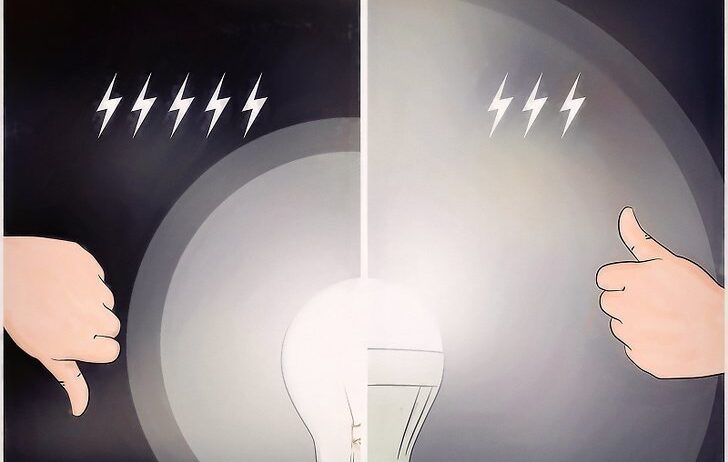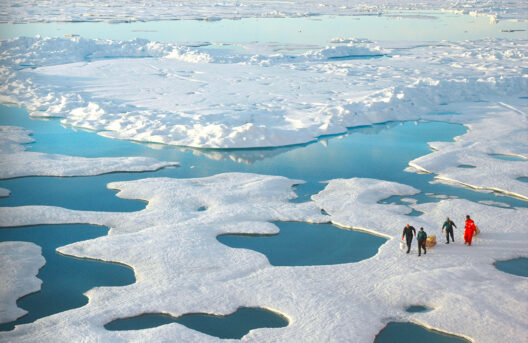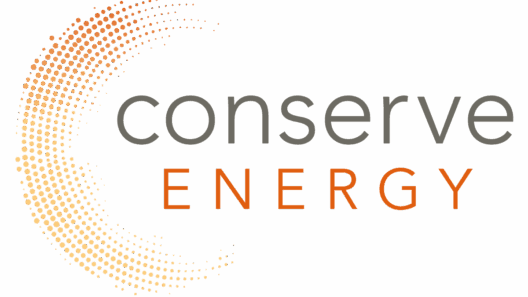In the pursuit of a sustainable future, nuclear energy emerges as an enigmatic force—a powerful entity that operates in the delicate balance between unprecedented potential and formidable responsibility. To conserve nuclear energy is to wield the power of the atom judiciously, ensuring that this remarkable source does not become a double-edged sword but instead a beacon of hope in the fight against climate change.
When delving into the nuances of nuclear energy conservation, it is paramount to appreciate the lifecycle of this potent resource. The journey stretches from uranium mining to reactor operations and ultimately to waste management. Each stage represents an opportunity for innovation, efficiency, and sustainability. Without an effective strategy, however, the ramifications on the environment can be dire. Thus, the art of conserving nuclear energy becomes, in many ways, a masterclass in resource management.
First, let us explore the annals of energy production. Nuclear reactors generate electricity through a process known as fission, where the nucleus of an atom is split apart, releasing an overwhelming amount of energy. Imagine a dam holding back a torrential river; when harnessed correctly, the release can be controlled to provide a steady flow of clean energy. By investing in advanced reactor designs, such as small modular reactors (SMRs) and Generation IV reactors, we can optimize the efficiency of this process. These innovations promise not only safer operations but also increased fuel utilization, thus prolonging the lifespan of uranium resources. The more proficiently we extract energy from each atom, the more we minimize waste—a pivotal aspect of nuclear energy conservation.
Transitioning from generation to consumption, energy efficiency emerges as a vital cog in the machinery of nuclear conservation. Energy efficiency is akin to tightening the seams of a well-worn suit; it enhances performance while minimizing excess. By implementing stringent efficiency standards across industries and residential sectors, we can ensure that every kilowatt generated is put to optimal use. The infrastructure supporting nuclear energy, from transmission lines to end-use applications, must be evaluated and upgraded to diminish energy losses. Energy star-rated appliances and smarter grid technologies exemplify this commitment to efficiency, creating an ecosystem where nuclear energy can flourish without unnecessary depletion.
Furthermore, a culture of conservation within society must be fostered. Education plays a pivotal role in this realm. Just as a seed finds its sustenance from nurturing soil, informed citizens can cultivate a climate of responsibility toward energy conservation. Awareness campaigns showcasing the benefits of nuclear energy and advocating for responsible consumption can empower individuals. Simple practices, such as turning off lights when not in use and advocating for alternative transportation methods, contribute significantly to reducing overall energy demand. A collective shift in mindset can become a formidable ally in the overarching strategy of nuclear energy conservation.
Not to be overlooked, however, is the critical aspect of waste management—a cause for both concern and innovation. Nuclear waste, the inevitable byproduct of fission, poses a long-term challenge that demands an exquisite blend of science and ethics. The implementation of robust waste disposal strategies, grounded in scientific advances and societal consensus, is crucial. High-level waste must be sequestered in geological repositories, akin to vaulting treasures in the deepest chambers of a mountain. Reprocessing spent fuel can also extract usable materials, thus significantly diminishing the waste footprint. Emphasizing these methods not only enhances conservation efforts but also underscores humanity’s commitment to stewardship of the planet.
Collaboration represents another cornerstone of responsible nuclear energy management. International cooperation can magnify efforts, share insights, and bolster safety protocols across borders. The proximity of nuclear facilities does not recognize political boundaries; therefore, a unified front in safety, technology, and waste management can lead to widespread advancements. Joint research projects and shared best practices can illuminate pathways previously shrouded in ambiguity. This collective endeavor can act as a salve against the fears surrounding nuclear energy, transforming it into a vital player in the global energy landscape.
As we examine the intricate tapestry of nuclear energy conservation, it becomes apparent that the decisions made today will reverberate through generations. The allure of the atom is juxtaposed with its inherent risks, urging humanity to treat it not merely as an energy source but as a partner in the quest for a more sustainable existence. Regulatory frameworks ought to remain nimble, adapting to evolving technologies and societal needs while ensuring the highest safety standards. Innovation, when tempered with responsibility, can materialize into policies that enable nuclear energy to shine as a paragon of clean energy.
In summation, the canvas of conserving nuclear energy demands a multi-faceted approach infused with creativity, responsibility, and cooperation. It is a continuous journey that navigates the depths of scientific innovation, societal engagement, and steadfast policy-making. The power of the atom, while formidable, ought to be wielded with care—a trusted ally in the unwavering march toward environmental stewardship and climate resilience. Armed with knowledge and driven by purpose, we can transform the dichotomy of nuclear energy into a harmonious symphony that serves both humanity and the planet.








